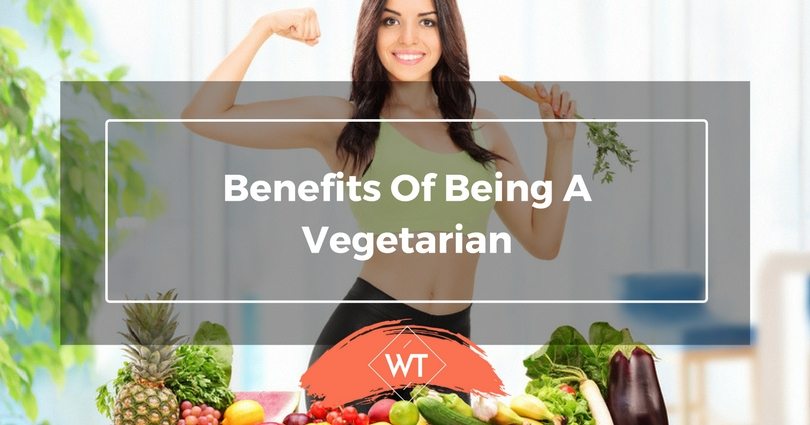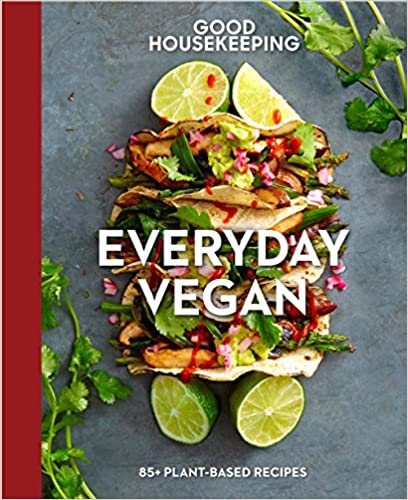
Protein is an essential part of a healthy diet. There are many protein options. Australian Dietary Guidelines recommend that certain foods be included in each food category. Furthermore, protein is not stored within the body. It is expelled in the urine. Therefore, the best way to get your daily dose of protein is to eat small amounts at every meal. You can also opt to eat foods that are low in salt, like almond butter, peanut butter, tahini, and ricotta.
Lean beef
Lean proteins are a great way to lose weight. This type of protein has lower calories per serving and is richer in saturated fat. Studies have shown that saturated cholesterol increases your risk of developing heart diseases. The important aspect of a healthy diet is to include lean protein sources.

Eggs
Eggs have a lot of nutrition and are rich in protein, healthy and essential fats. They are also a good source for vitamin A, D, & E. They are also rich choline, which can be crucial for brain function. The new Canada's Food Guide recommends that half of your plate be filled with fruits and vegetables while the remaining quarter should contain protein foods.
Tofu
Tofu is rich in protein and considered a complete food. This makes it great for vegans and vegetarians. Tofu contains all nine essential amino acid, which can help you feel fuller for longer periods of time and reduce the risk of overeating. To get the most protein from tofu, look for organic varieties with no added preservatives. You can also make your tofu at-home.
Lentils
Lentils make a healthy, tasty and delicious food that is part of the legume family. These tiny seeds grow in pods and contain high levels of protein and fiber. They are also very affordable and can be easily incorporated into a diet for a boost in health. Research has shown that lentils, a plant-based food, reduces the risk of developing chronic diseases such as heart disease, diabetes, and cancer.
Beans
Beans can have many health benefits. These markers are often associated with various chronic diseases. These beans also contain fiber which regulates blood sugar levels for people with Type 2 Diabetes. Beans can be used in almost all dishes and are simple to prepare.

Tempeh
Tempeh, a fermented soybean protein food, is a plant-protein food. This process makes the protein more digestible, which is particularly helpful for people with food allergies. High levels of fiber are also found in this protein, which promotes healthy digestion. It is also linked to a lower risk for heart disease and diabetes. It is also loaded with nutrients and phytochemicals, which are powerful anti-inflammatory agents.
FAQ
How do I know what's good for me?
You need to listen to your body. When it comes to your body's needs for exercise, food, or rest, it is the best. You need to be aware of your body and not overdo it. Listen to your body and make sure you're doing everything you can to stay healthy.
Which lifestyle is best for your health?
You can live a healthier lifestyle if you eat healthy food and exercise regularly. You can live a long and healthy lifestyle if these guidelines are followed.
You can start by making small changes in your diet and exercise routine. If you're looking to lose weight, walk for 30 minutes each morning. Or, if you want to get more active, take up swimming or dancing. An online fitness program, such as Strava and Fitbit, can help you track your activity.
Why does our weight change as we get older?
How can you tell if your bodyweight has changed?
When the body has less fat than its muscle mass, it is called weight loss. This means that calories must be consumed at a rate greater than energy. A decreased level of activity is the main cause of weight loss. You can also lose weight due to stress, illness, pregnancy, hormonal imbalances and certain medications. If there is more body fat than muscle mass, then weight gain can occur. This happens when people consume more calories than they burn during the day. There are many reasons for this, including overeating and increased physical activity.
Our bodies lose weight mainly because we consume less calories than what we burn. Regular exercise increases metabolism, which means that we burn more calories per day. But this doesn't guarantee that we'll lose weight. The important thing is to see if we're losing or gaining muscles. If we're burning more calories that we consume, we'll lose weight. However, if you consume more calories than you burn, you'll end up storing them for fat.
As we get older, our movement speed slows down and so we move less. We also tend have less food to eat than we did when younger. As a result, we gain weight. We also tend to look larger because we have more muscle.
Without weighing yourself each week, there is no way to know how much weight you have lost. There are many ways to determine your weight. You can also measure your waistline, your hips or your thighs. Some people prefer to use the bathroom scales, while some prefer to use tape measurements.
You can track your progress by weighing yourself at least once per week and measuring your waistline every month. You can also take pictures of yourself every few months to see how far you've come.
Online, you can find out your height and weight. You'd likely weigh 180 pounds if you were 5'10 tall and 180 pounds if you were 180lbs.
Supplements and herbs can improve immunity
You can boost your immune function with herbs and natural remedies. You can use ginger, garlic, echinacea oregano oil and ginkgo loba as common examples to boost immune function.
These herbs should not be considered as a substitute for conventional medical treatment. Side effects may include nausea, diarrhea, stomach cramps and headaches.
What are the 10 most delicious foods?
These are the top 10 foods to eat.
-
Avocados
-
Berries
-
Broccoli
-
Cauliflower
-
Eggs
-
Fish
-
Grains
-
Nuts
-
Oats
-
Salmon
Statistics
- The Dietary Guidelines for Americans recommend keeping added sugar intake below 10% of your daily calorie intake, while the World Health Organization recommends slashing added sugars to 5% or less of your daily calories for optimal health (59Trusted (healthline.com)
- WHO recommends reducing saturated fats to less than 10% of total energy intake; reducing trans-fats to less than 1% of total energy intake; and replacing both saturated fats and trans-fats to unsaturated fats. (who.int)
- WHO recommends consuming less than 5% of total energy intake for additional health benefits. (who.int)
- In both adults and children, the intake of free sugars should be reduced to less than 10% of total energy intake. (who.int)
External Links
How To
What does the "vitamin") mean?
Vitamins can be described as organic compounds found in food. Vitamins aid us in absorbing nutrients from the food we eat. Vitamins cannot be produced by the body. They must be obtained from food.
There are two types: water-soluble and fat-soluble vitamins. Water-soluble vitamins dissolve in water easily. Vitamin C,B1(thiamine), B2 (2riboflavin), and B3 (3niacin), as well as vitamin C,B1, B2 (riboflavin), and B3 (niacin), vitamin B6 (pyridoxine), vitamin folic acid (biotin), pantothenic, and choline are examples. Fat-soluble vitamins are stored within the liver and in fatty tissue. Examples include vitamin D, E, K, A, and beta carotene.
Vitamins can be classified according to biological activity. There are eight major groups of vitamins:
-
A - essential for normal growth and maintenance of health.
-
C - vital for nerve function and energy generation
-
D - essential for healthy teeth and bones.
-
E - required for good vision & reproduction.
-
K - required for healthy muscles and nerves.
-
P – Vital for building strong bones.
-
Q - Aids in digestion and absorption.
-
R – Required for making red blood vessels.
The recommended daily allowance for vitamins (RDA) varies according to age, gender, or physical condition. The U.S. Food and Drug Administration, (FDA), sets the RDA value.
For adults 19 years and over, the RDA vitamin A intake is 400mg/day. Pregnant mothers need 600 micrograms a day to ensure fetal growth. Children ages 1-8 require 900 micrograms per day. Infants below one year of age need 700 micrograms daily. But, between 9 months to 12 months of age, the amount drops to 500micrograms per days.
Children aged between 1-18 years old who are obese require 800 micrograms per Day, while overweight children need 1000 micrograms every day. Children underweight or obese will require 1200 micrograms a day to meet their nutritional requirements.
Children aged 4-8 years old who have been diagnosed as having anemia require 2200 micrograms of vitamin C per day.
Adults over 50 years of age need 2000 micrograms per day for general health. Women who are pregnant or breastfeeding need 3000 micrograms per day due to increased nutrient requirements.
1500 micrograms are required daily by adults over 70 because they lose approximately 10% of their muscle each decade.
Women who have been pregnant or are lactating require more than the RDA. Pregnant mothers need 4000 micrograms per daily during pregnancy and 2500 after giving birth. Breastfeeding mothers need to consume 5000 micrograms each day when breastmilk has been produced.